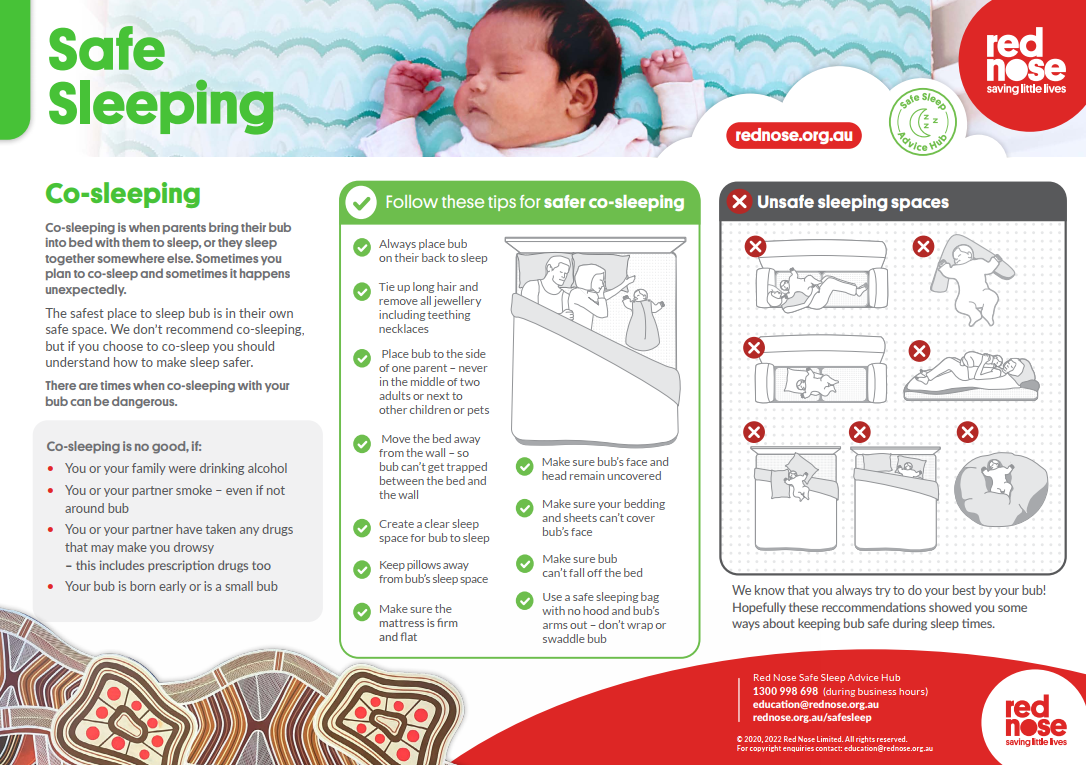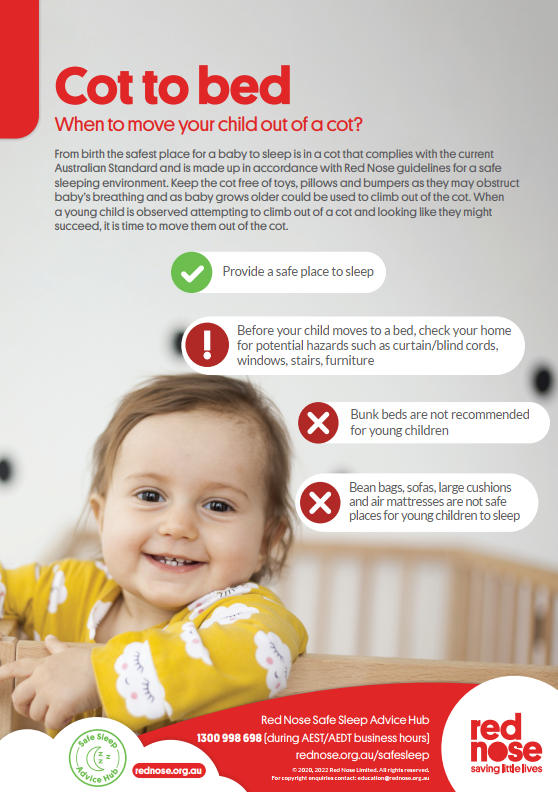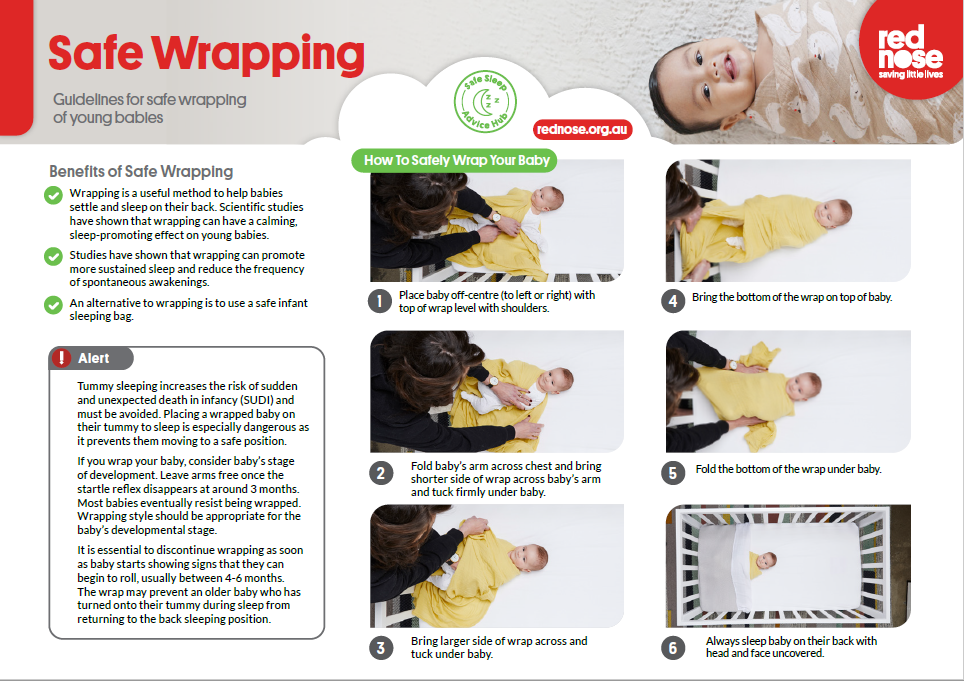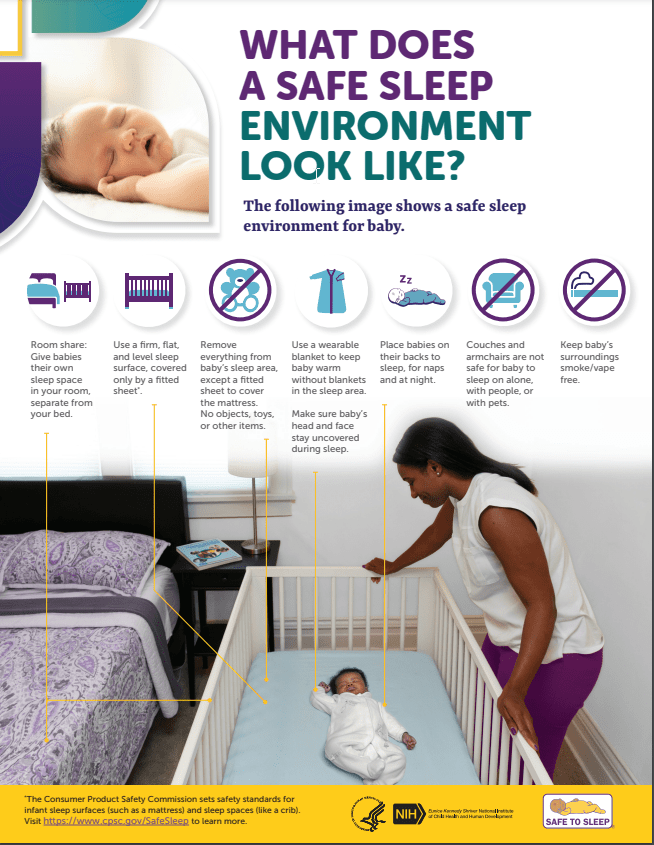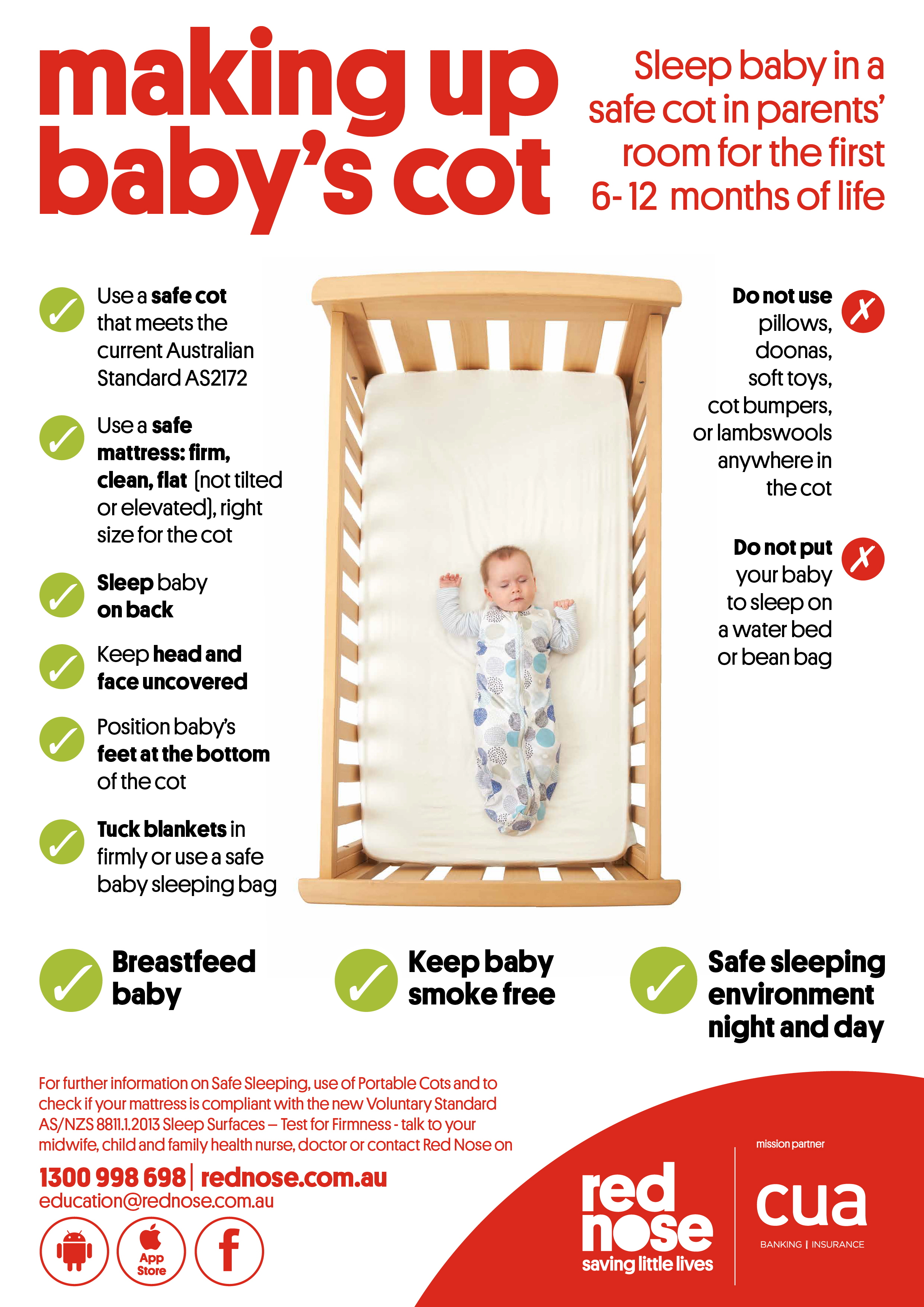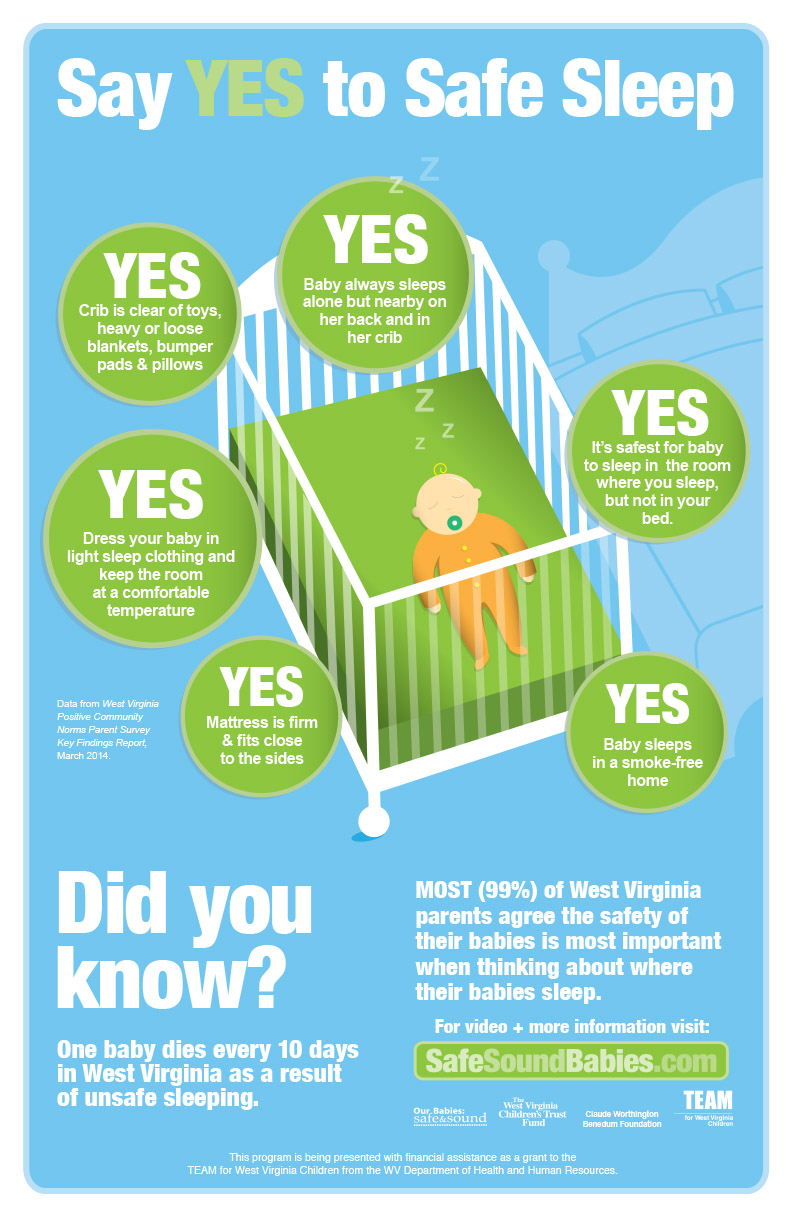A Guide To Bed Safety Brochure
A Guide To Bed Safety Brochure - Homes patients’ needs home out. Use beds that can be raised and lowered close to the floor to. Breakdown of the hbsw’s bed system entrapment zones, guidelines to help you determine if bed rails are needed, and different products that can be used to help you improve resident safety. Keep the bed in the lowest position with. Most patients can be in bed safely without bed rails. For a full discussion on this topic, see the hospital bed safety workgroup’s “a guide for modifying bed systems and using accessories to reduce risk of entrapment” found at. Talk with your care team to learn about the risks of bed side rails. We will work with you to find. Side rails can be beneficial for preventing. Bed rails in hospitals, nursing homes and home health care—the facts. Bed rail safety for federal health care providers. Breakdown of the hbsw’s bed system entrapment zones, guidelines to help you determine if bed rails are needed, and different products that can be used to help you improve resident safety. Bed rails are often used in a variety of health care settings as an assistive device for patients/residents. Use beds that can be raised and lowered close to the floor to accommodate both patient and health care worker. Most patients can be in bed safely without bed patient and health care worker needs to the floor to accommodate both. Meeting patients' needs for safety. Bed rails in hospitals, nursing homes and home health care—the facts. * in this brochure, the term patient refers to a resident of a nursing home, any individual receiving services in a home care setting, or patients in hospitals. Most patients can be in bed safely without bed rails. Patients who have problems with memory, sleeping, incontinence, pain, uncontrolled body movement, or who get out of bed and walk unsafely without assistance, must be carefully. Bed rails are often used in a variety of health care settings as an assistive device for patients/residents. • the hbsw brochure, a guide to bed safety; Patients who have problems with memory, sleeping, incontinence, pain, uncontrolled body movement, or who get out of bed and walk unsafely without assistance, must be carefully. Bed rails in hospitals, nursing homes and. Use beds that can be raised and lowered close to the floor to accommodate both patient and health care worker. It is important that a resident’s bed be in good working condition to maintain safety and provide the highest quality of care for the resident. Keep the bed in the lowest position with. Bed rails in hospitals, nursing homes and. Most patients can be in bed safely without bed rails. Use beds that can be raised and lowered close to the floor to accommodate both patient and health care worker. Homes patients’ needs home out. Follow the fda guidelines for bed rail safety, assess whether the device is appropriate for the individual, and educate the individual on the risks versus. The hbsw published several documents over the past decade. Homes patients’ needs home out. * in this brochure, the term patient refers to a resident of a nursing home, any individual receiving services in a home care setting, or patients in hospitals. Bed rails in hospitals, nursing homes and home. The hbsw brochure defines bed system entrapment and recommends reducing. Use beds that can be raised and lowered close to the floor to accommodate both patient and health care worker. Bed rail safety for federal health care providers. Most patients can be in bed safely without bed rails. Bed rails in hospitals, nursing homes and home health care—the facts. Most patients can be in bed safely without bed rails. Bed rails are often used in a variety of health care settings as an assistive device for patients/residents. Most patients can be in bed safely without bed rails. For a full discussion on this topic, see the hospital bed safety workgroup’s “a guide for modifying bed systems and using accessories to reduce risk of entrapment” found at. It is important. Most patients can be in bed safely without bed rails. Most patients can be in bed safely without bed rails. Talk with your care team to learn about the risks of bed side rails. Use beds that can be raised and lowered close to the floor to accommodate both patient and health care worker. This brochure discusses the benefits and. For a full discussion on this topic, see the hospital bed safety workgroup’s “a guide for modifying bed systems and using accessories to reduce risk of entrapment” found at. Bed rail safety for federal health care providers. Bed rails in hospitals, nursing homes and home. Most patients can be in bed safely without bed rails. Meeting patients' needs for safety. The hbsw published several documents over the past decade. Bed rail safety for federal health care providers. Side rails can be beneficial for preventing. Talk with your care team to learn about the risks of bed side rails. For a full discussion on this topic, see the hospital bed safety workgroup’s “a guide for modifying bed systems and using accessories. Use beds that can be raised and lowered close to the floor to accommodate both patient and health care worker. Most patients can be in bed safely without bed rails. * in this brochure, the term patient refers to a resident of a nursing home, any individual receiving services in a home care setting, or patients in hospitals. The hbsw. Most patients can be in bed safely without bed rails. We will work with you to find. * in this brochure, the term patient refers to a resident of a nursing home, any individual receiving services in a home care setting, or patients in hospitals. Bed rail safety for federal health care providers. • the hbsw brochure, a guide to bed safety; In 2017, the us food & drug administration (fda) provided a national guidance brochure on bed rail use in hospitals, nursing homes, and home health care — yes, across the. Use beds that can be raised and lowered close to the floor to. Patients who have problems with memory, sleeping, incontinence, pain, uncontrolled body movement, or who get out of bed and walk unsafely without assistance, must be carefully. Patients who have problems with memory, sleeping, incontinence, pain, uncontrolled body movement, or who get out of bed and walk unsafely without assistance, must be carefully. Bed safety it is common to have brochure questions or concerns about giving up bed side rails. Breakdown of the hbsw’s bed system entrapment zones, guidelines to help you determine if bed rails are needed, and different products that can be used to help you improve resident safety. For a full discussion on this topic, see the hospital bed safety workgroup’s “a guide for modifying bed systems and using accessories to reduce risk of entrapment” found at. Talk with your care team to learn about the risks of bed side rails. Use beds that can be raised and lowered close to the floor to accommodate both patient and health care worker. For each bed, review the areas below to. This brochure discusses the benefits and risks of bed rails, as.Resources and Factsheets Red Nose Australia
Parents, Carers and Health Professionals Red Nose Australia
Parents and Health Professionals Red Nose Australia
Red Nose Safe Sleeping Guidelines for Infant Sleep Safety
Smart step to bed sharing Safe sleep, Healthy babies, Safe co sleeping
Safe Sleep Winnebago County Health Department
A Guide to Bed Safety Bed Rails in Hospitals Nursing Homes and Home
Resources and Factsheets Red Nose Australia
The Do's and Don'ts of Safe sleep! Safe Sleep Environments Pinter…
Safe Sleep Day 2024 Poster Gerty Juliann
Most Patients Can Be In Bed Safely Without Bed Rails.
The Hbsw Published Several Documents Over The Past Decade.
In August 1995, The Federal Food And Drug Administration (Fda) Issued A Safety Alert On The Entrapment Hazards Of Side Rails On Hospital Beds.
Most Patients Can Be In Bed Safely Without Bed Rails.
Related Post:
